Grow your own kale: The seeds to order, when to plant them, and when you can look forward to dishing them up
Kale grows easily, produces a huge amount of food — and looks good while it's growing. Mark Diacono shares his tips on how to grow it in your garden this year.


I have long been one of those fools who likes to fuss over an unwilling plant in the hope of an unlikely harvest: I’m perfectly happy to exchange a year of mollycoddling for two lemons or a handful of pecans.
That may be about to change, as the older I get, the more I appreciate the plants that want to provide and look beautiful when doing so. Kale is very high on that list.
I grow three or four varieties every year, each beautiful and distinctive: cavolo nero, that wonderful dark green-to-black, long, slim kale so beloved of Italians; red Russian, an enchanting blend of light green leaves that turn increasingly mauve with age and the cold; redbor, a deep purple and one of the lookers in the winter vegetable patch and, once in a blue moon, I’ll grow walking stick kale. Its thick, tall stem creates what the name suggests.
Month after month, from early summer into early spring, these annual kales offer repeated harvests, growing more leaves to replace those picked in no time. Some of the tender early leaves don’t even need cooking: the earliest red Russians especially, plucked small and tender from the stem, are one of my favourite salad leaves.
A dozen years ago, I absentmindedly picked and ate a kale leaf from a gnarly old plant in a friend’s garden; it was a revelation. You may well ask how empty a man’s life has to be to be bowled over by a kale leaf, but before you cast understandable judgment, try one first.
It was, I discovered, Sutherland kale, a variety apparently popular with crofters in the part of Scotland its name suggests. It has the most succulent leaf — full of sweet, bright, gently peppery, brassica flavour. And it’s perennial. Vigorous, resilient to pests and winter’s chill, and wildly productive from the moment spring arrives, it even offers a small harvest through the cold months. The flowering shoots are delicious, too. Like many perennial kales, Sutherland kale can easily reach 50in tall, so stake it early in its life. It’s not widely available, but I tracked some seeds down (try www.realseeds.co.uk).
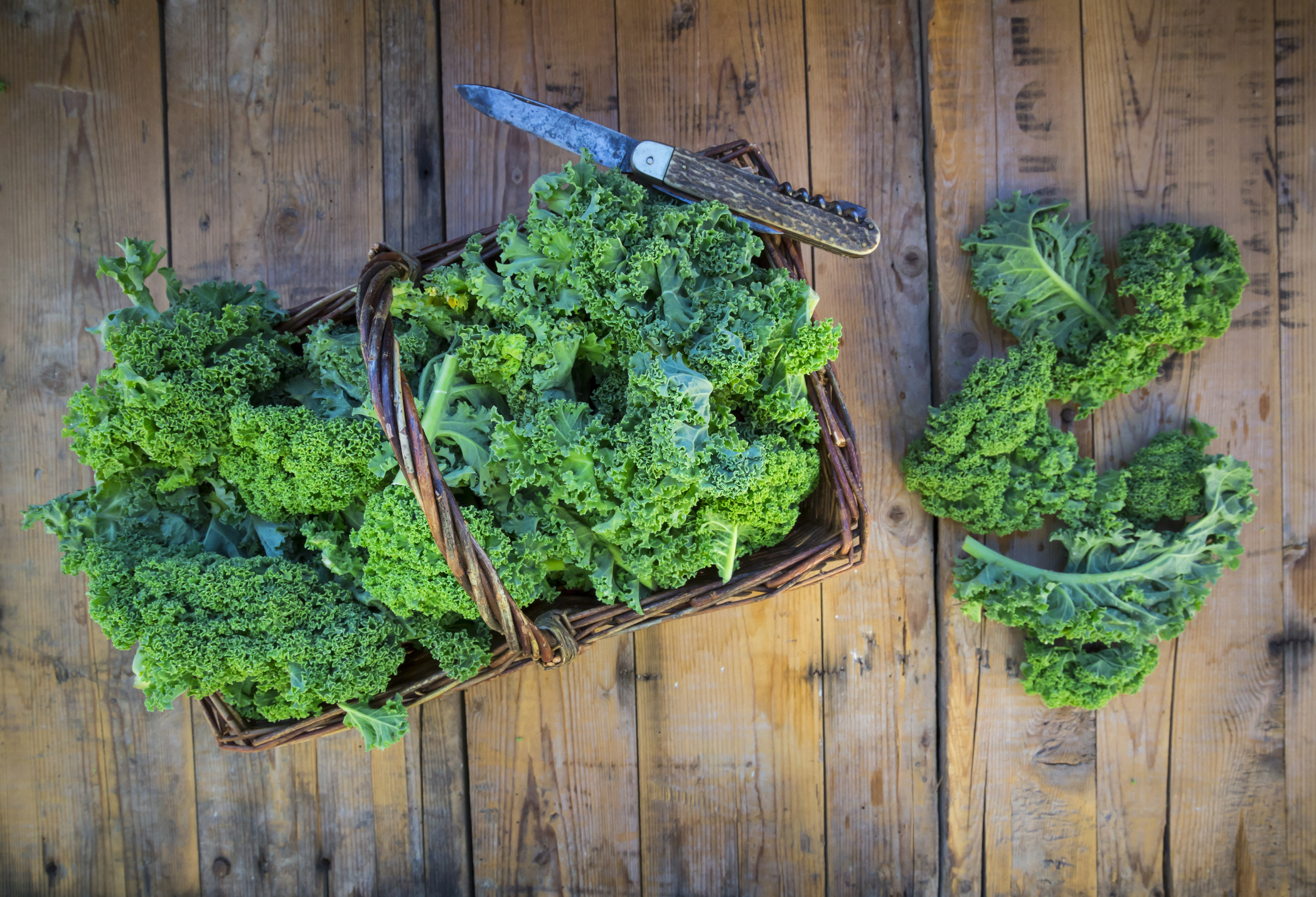
I warn you, if you have even the slightest nerdy gene, perennial kales are a wormhole that it’s easy to fall into: Daubenton’s kale and Taunton Deane kale are two more delicious Victorian favourites with which to start.
Exquisite houses, the beauty of Nature, and how to get the most from your life, straight to your inbox.
Although not a kale, kai lan is a brassica that shares a lot of kale’s characteristics and is one of those lesser-grown plants that, when first eaten, makes you wonder why everyone isn’t growing it. It looks and tastes very much like an untidy cross between sprouting broccoli, kale and asparagus, with the best qualities of all three.
The whole plant is delicious: shoots, stems, leaves, flowers and buds. It takes well to a cut-and-come-again approach: cut it young, leaving 3in or so to re-sprout and you’ll find it needs only swift cooking. Kai lan goes with all the sauces and dressings that work so well with asparagus and sprouting broccoli. It is a perennial, but I find it gets a little tough and ungainly in year two, so I grow it as an annual.
This year, I’m making more space for kalettes. Ross Geach of www.padstowkitchengarden.co.uk introduced me to them. He grows them commercially on his smallholding, which overlooks the Camel Estuary, near Padstow in Cornwall. Kalettes are the product of years of crossing kale with Brussels sprouts: the plant produces stalks dotted with kale-like florets that are sweet, nutty and succulent.
They are hugely adaptable in the kitchen, too: you can have them raw, sautéed, roasted, grilled, steamed or simmered. Don’t be alarmed if your kalette plants drop their leaves. It’s a sign that they are just about ready to pick.
All these kales are easy to grow. I start them in modules from March, sowing the annuals in monthly instalments until September to create a succession. After six weeks of getting established, including two of hardening off, the seedlings are ready to plant out, 16in apart. Kalettes can be sown all at once from the middle of March. If you want a long season, choose varieties that naturally mature one at a time in succession.
Mark Diacono grows edibles, usual and unusual, at Otter Farm in Devon — www.otterfarm.co.uk
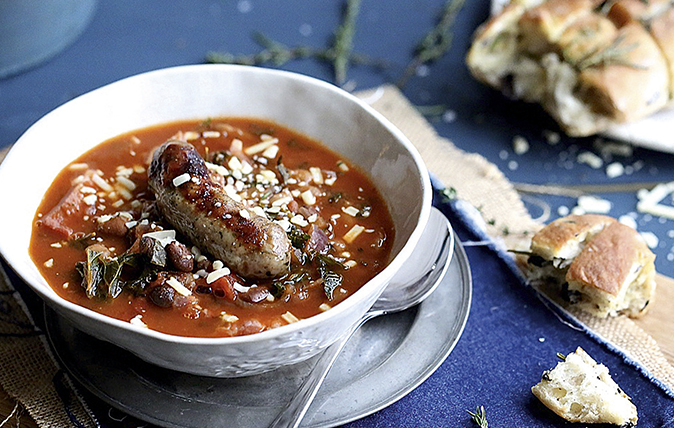
Italian bean and bacon soup with kale
Baked with wasabi, or stirred into an Italian bean-and-bacon soup: just two of our favourite kale recipes.
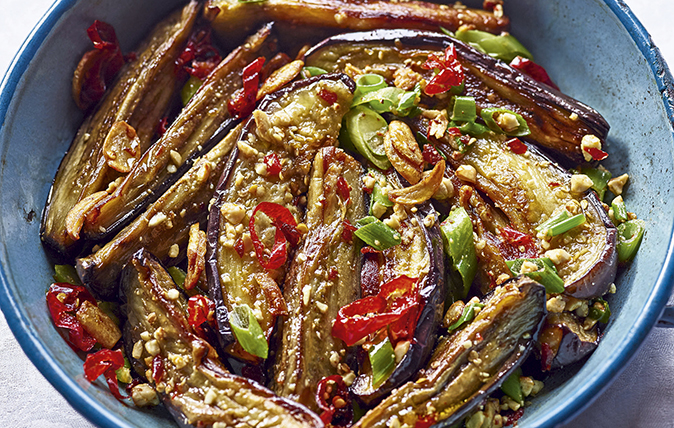
Credit: Jason Lowe
A warming winter dinner recipe: Aubergines with ginger, spring onion and chilli
This ‘deliciously slithery’ dish of aubergines can be enjoyed with rice or simply on its own.
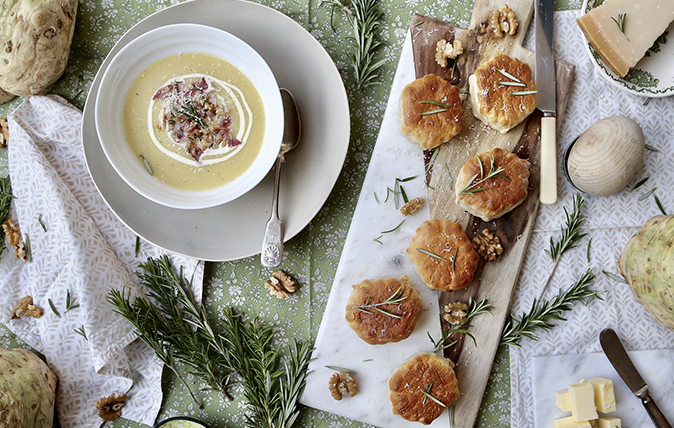
Credit: Melanie Johnson
Celeriac soup with rosemary, walnuts and bacon plus Parmesan scones
Melanie Johnson’s warming celeriac soup is delicious.
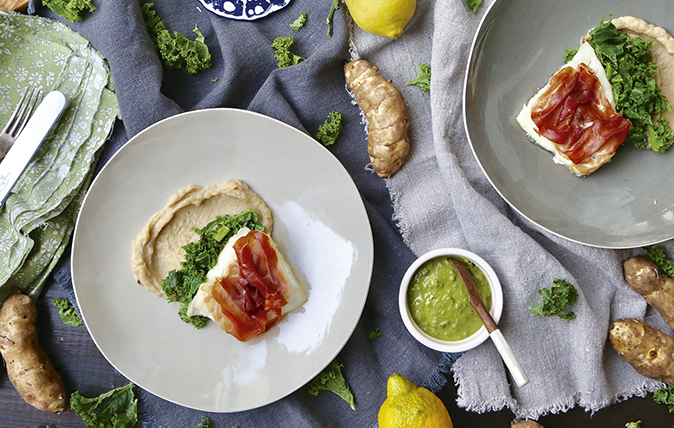
Credit: Melanie Johnson
Jerusalem artichoke and black garlic mash with cod, kale, Parma ham and kale pesto mayonnaise
Jerusalem artichoke is a quirky little vegetable.

Credit: Melanie Johnson
Salmon with citrus, red-onion flowers, potato gnocchi and wild-garlic cream sauce
Melanie Johnson goes foraging for wild garlic.

Credit: Melanie Johnson
Tahini-marinaded kale with beetroot and sumac-roasted salmon
Melanie Johnson has ways to make eating kale a pleasure.
Mark is lucky enough to spend most of his time eating, growing, writing and talking about food. He has written fourteen award-winning books, including A Year at Otter Farm and A Taste of the Unexpected (both won Food Book of the Year, and Garden Book of the Year). Known for growing everything from Szechuan pepper to pecans to Asian pears, Mark's refreshing approach to growing and eating has done much to inspire a new generation to grow some of what they eat. He was involved in the early days of River Cottage, appearing in the TV series, and writing four River Cottage books. Mark writes to a global audience on his best-selling Substack: Mark Diacono’s Abundance.
